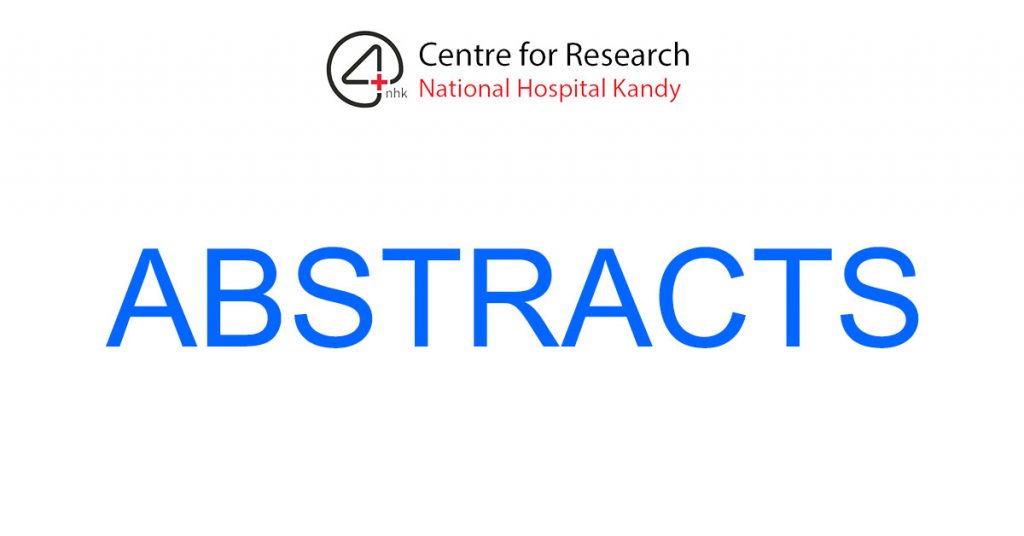Citation: Taylor, D. M., Bradley, J. A., Bradley, C., Draper, H., Johnson, R., Metcalfe, W., … & ATTOM Investigators. (2016). Limited health literacy in advanced kidney disease. Kidney international, 90(3), 685-695.
Introduction
This study aimed to determine the prevalence of limited health literacy and its associations in patients with advanced kidney disease in the UK. The background is that limited health literacy is associated with poor outcomes in chronic disease, but its prevalence and associations have not been well studied in kidney disease patients in the UK. The authors performed a cross-sectional analysis of over 6800 patients recruited from all renal units in the UK, including those starting dialysis, wait-listed for transplant, and receiving a kidney transplant. Health literacy was measured using a validated single question screener. The results showed a high prevalence of limited health literacy, ranging from 12-20% across the groups. Lower socioeconomic status, unemployment, lack of home ownership, and higher comorbidity were associated with limited health literacy. The prevalence was lower in those wait-listed for transplant or receiving live donor transplants compared to deceased donor transplants. This indicates higher health literacy in patients successfully progressing through transplant workup. The study concluded that poor health literacy is common in kidney disease patients and disproportionately affects those with social deprivation and high disease burden. This may impede their ability to effectively manage illness and access transplant services.
Critique
The title “Limited health literacy in advanced kidney disease” accurately summarizes the key focus of this cross-sectional study by Taylor et al. examining the prevalence and associations of limited health literacy in patients with advanced kidney disease in the UK.
This is the first large nationwide study to evaluate health literacy in a representative sample of over 6800 kidney disease patients in the UK. The large sample size drawn from all renal units in the UK strengthens the reliability of the results. The study uses a simple validated one-question screener to measure health literacy (Morris et al., 2006), which likely helped achieve a high response rate of 93%. The results clearly demonstrate an important prevalence of limited health literacy, ranging from 12-20% in the studied groups. This highlights limited health literacy as an issue needing attention in kidney disease care. The study identifies a social gradient, with limited health literacy associated with markers of lower socioeconomic status. This provides insight into potential drivers of health disparities.
This study is important because limited health literacy has been linked to poorer health outcomes (Berkman et al., 2011), so understanding its prevalence and associations in kidney disease patients is valuable for improving care. The authors explain how limited health literacy may impede patient self-management abilities, shared decision making, and equitable access to transplantation – highlighting mechanisms by which low health literacy could lead to worse outcomes.
A limitation is the use of a single self-reported question to evaluate health literacy, which may not be highly sensitive and could underestimate the true prevalence. The cross-sectional design means causal relationships cannot be determined between health literacy and outcomes. Some patients were included in multiple groups but did not have health literacy re-evaluated over time. Residual confounding by comorbidity is possible when examining the associations between socioeconomic status and health literacy.
Conclusions
Overall, this is a well-designed, important study that provides valuable new knowledge on the prevalence and associations of limited health literacy in a large nationwide sample of kidney disease patients in the UK. The study highlights limited health literacy as an important issue in this population and provides insights into how it may contribute to disparities in care and outcomes. The results can inform efforts to improve communication methods, patient support, and equity in kidney disease care.
Recommendations
As the authors note, the use of a more sensitive health literacy screening tool could help better quantify the true prevalence. Longitudinal studies following patients over time could examine how changes in health literacy correlate with clinical outcomes and healthcare utilization. Qualitative research may provide richer understanding of how low health literacy impacts patients’ self-management and navigation of the healthcare system.
References
Berkman, N.D., Sheridan, S.L., Donahue, K.E., Halpern, D.J., & Crotty, K. (2011). Low health literacy and health outcomes: an updated systematic review. Annals of Internal Medicine, 155(2), 97-107.
Morris, N.S., MacLean, C.D., Chew, L.D., & Littenberg, B. (2006). The Single Item Literacy Screener: evaluation of a brief instrument to identify limited reading ability. BMC Family Practice, 7, 21.
![]()

